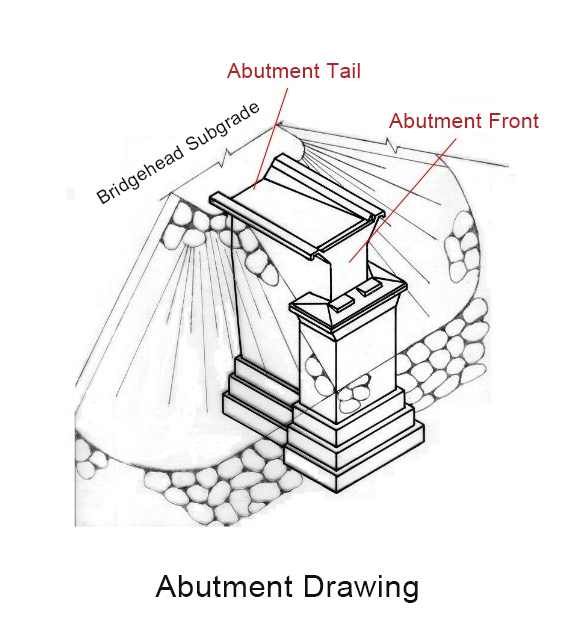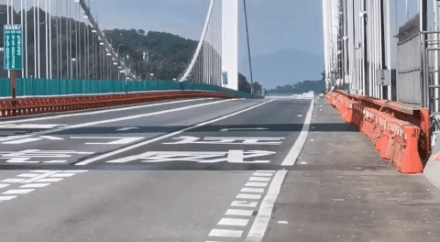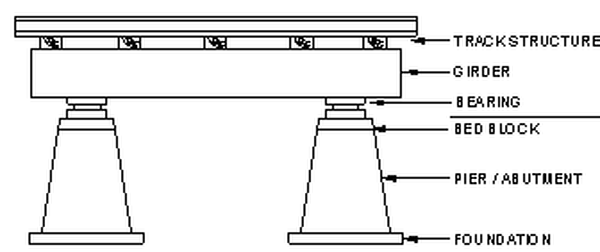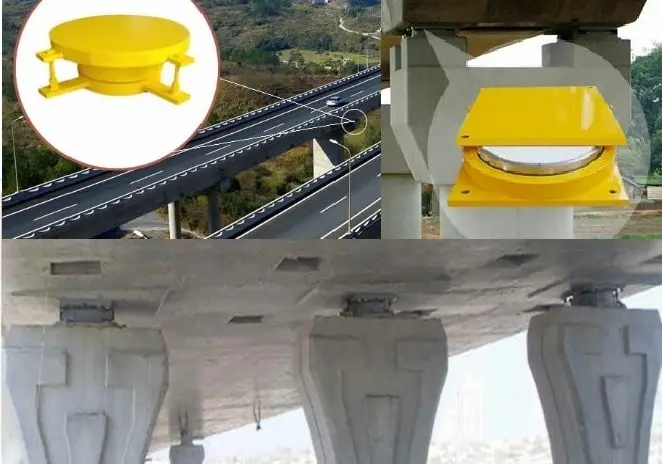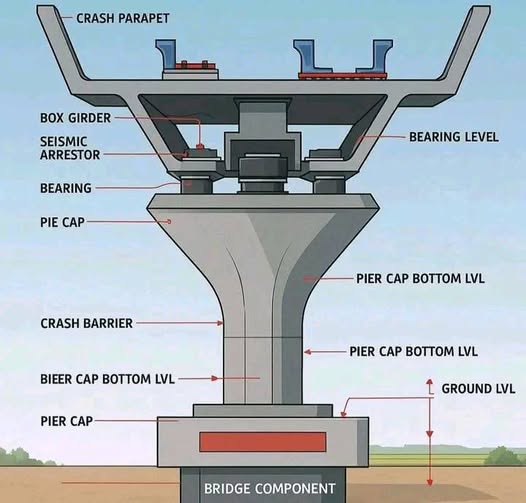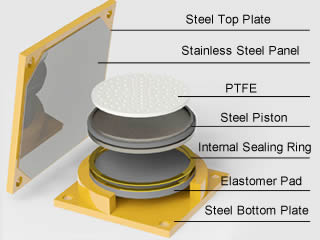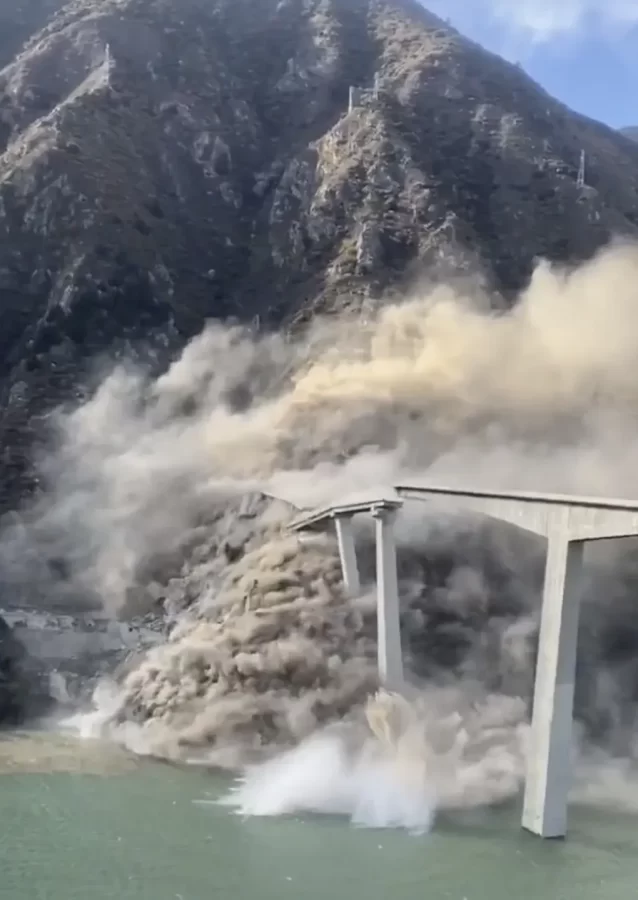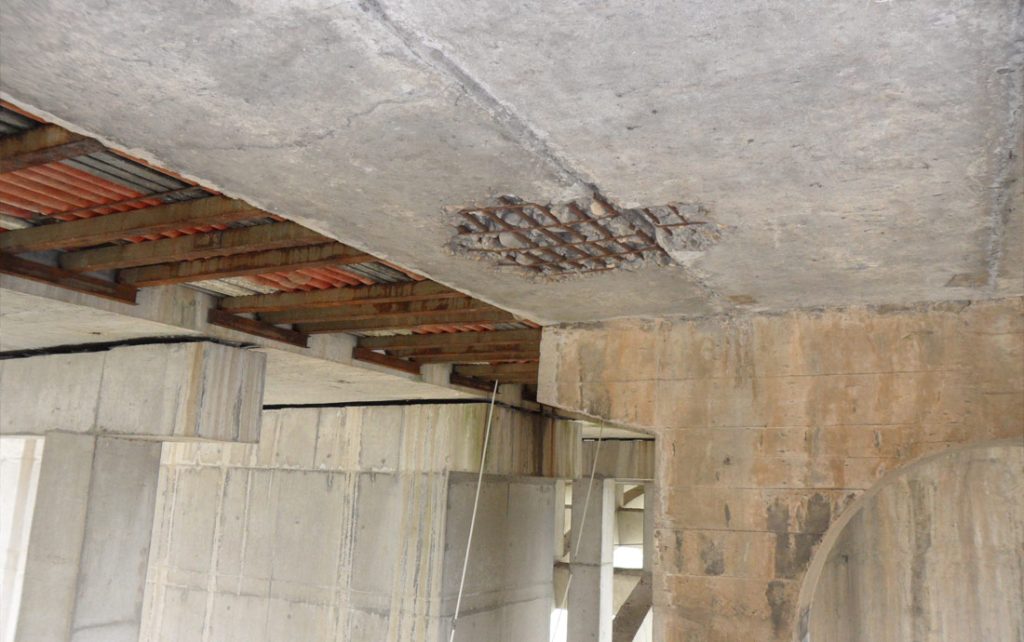Bridges are the critical links in every country’s transportation network—they connect cities to rural areas, span rivers and valleys, and keep goods and people moving smoothly. Thus, ensuring their safety and functionality is a top priority. A crucial part of this effort is bridge deck inspection—a process that not only meets regulatory requirements but also safeguards the millions of people who rely on these structures daily.
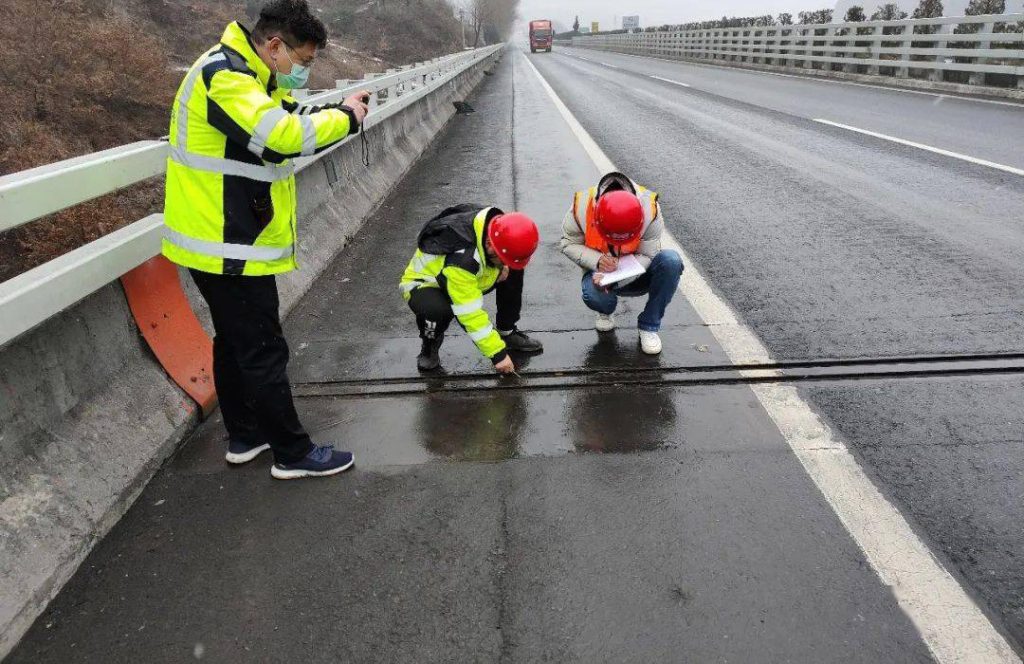
Who’s Responsible for Bridge Deck Inspections?
The responsibility for bridge inspections varies worldwide, shaped by each country’s infrastructure management systems and regulatory frameworks, but the core goal—ensuring bridge safety—remains universal:
National/Regional Transport Authorities: In most countries, central or regional transport ministries lead the charge. For example, in China, the Ministry of Transport and local transport commissions oversee inspections of major highways and railway bridges; in the European Union, member states’ national road agencies manage inspections, aligning with EU-wide safety standards.
Municipal Governments: Urban bridges, especially those within city limits (like river-crossing bridges in Paris or Tokyo), are often inspected by local municipal departments. These entities focus on bridges that serve daily urban commuting and local commerce.
Private Entities & Contractors: In many cases, governments or public agencies outsource inspections to qualified private firms. These companies, equipped with specialized expertise and tools, conduct on-site checks and submit detailed reports—this model is common in countries like Australia, Canada, and parts of Southeast Asia.
International Bodies: For transnational bridges (such as the Oresund Bridge linking Denmark and Sweden) or projects funded by international organizations (like the World Bank), inspections may involve collaboration between multiple countries or third-party auditing bodies to ensure compliance with global safety norms.
Types of Bridge Inspections: Focus on Routine Checks
Bridges require five basic types of inspections, and when it comes to the deck, routine inspections are the most common. As specified by the DOT, these routine checks typically occur every two years. Their primary goals include:
- Assessing the bridge’s physical and functional condition.
- Identifying changes since the last inspection.
- Ensuring the bridge remains safe and meets minimum usage standards—with the deck being a key area of focus.
Other inspection types, such as initial inspections, in-depth damage inspections, and special inspections, also play roles in specific scenarios, but routine inspections form the backbone of bridge deck maintenance.
Why Bridge Deck Inspection Matters
The bridge deck is more than just the surface vehicles drive on—it’s a critical structural component. As part of the superstructure, it bears traffic loads and transfers weight to the substructure. Here’s why inspecting it is non-negotiable:
- Vulnerability to Damage: The deck is highly exposed to water, chlorides (from road salt), extreme temperatures (freeze-thaw cycles), and constant traffic wear. As noted by Science Direct, these factors accelerate aging, reducing its lifespan and durability.
- Impact on Overall Safety: Even minor deck damage can escalate. For example, cracks or delamination (separation of layers) can weaken the deck over time. In extreme cases, like the 1989 Loma Prieta earthquake, a 76-foot section of the San Francisco-Oakland Bay Bridge’s deck collapsed—proving that deck integrity directly affects structural safety.
- Cost-Effective Maintenance: Early detection through inspections allows for timely repairs, avoiding costly full replacements later.
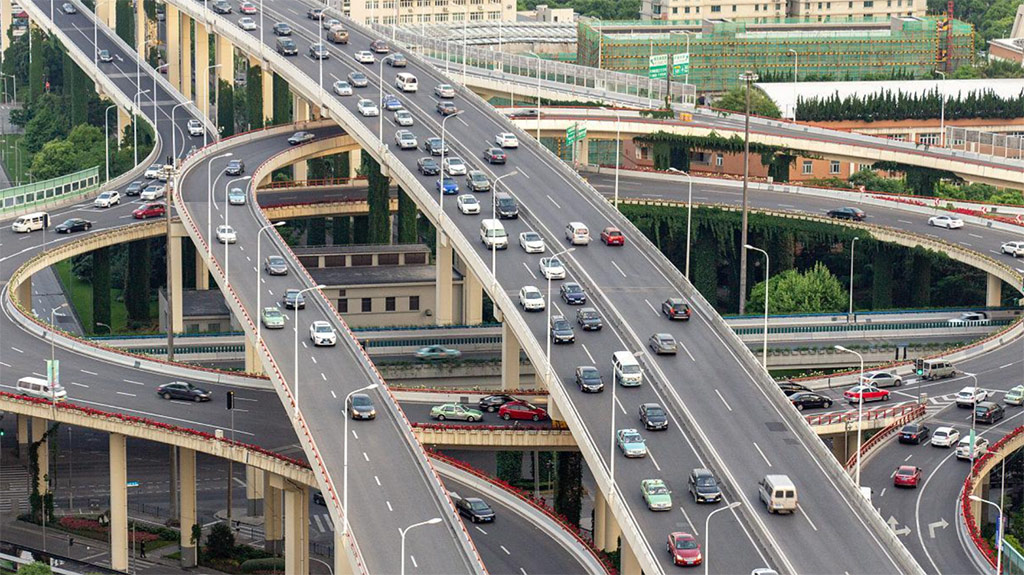
What Happens During a Bridge Deck Inspection?
Inspectors use a mix of traditional and advanced techniques to evaluate the deck, depending on its condition and materials (concrete, steel, or asphalt overlay).
1. Visual Inspection
The first step is a thorough visual check, where inspectors look for:
- Surface Defects: Cracks (transverse, longitudinal, or hairline—some as thin as 0.5mm), potholes, spalling (flaking concrete), and wear patterns.
- Functional Issues: Poor drainage (standing water worsens damage), damaged expansion joints, or uneven surfaces.
While effective for visible problems, visual inspections can’t assess what’s beneath the surface—like internal cracks or reinforcement corrosion.
2. Non-Destructive Testing (NDT)
To dig deeper without damaging the deck, inspectors use NDT methods:
- Acoustic Testing: Using tools like hammers or chains, inspectors listen for tone changes to detect delamination or layer separation. However, this doesn’t work on asphalt-overlaid decks.
- Infrared Thermography: Measures heat variations on the deck surface to spot moisture intrusion or delamination. It’s fast and can even be done from moving vehicles.
- Ground-Penetrating Radar (GPR): Uses electromagnetic waves to image beneath the deck, revealing cracks, voids, or reinforcement issues. Unlike visual checks, GPR provides quantitative data to catch problems early.
3. Destructive Testing (When Needed)
If initial inspections raise concerns, destructive methods like coring may be used. Inspectors drill small holes to access underlying reinforcement, assessing corrosion and concrete strength. While this damages the deck slightly, it provides critical data for complex repairs.
Common Deck Damage to Watch For
During inspections, several issues are frequently spotted:
- Transverse Cracks: These run perpendicular to the road centerline and are more common than longitudinal cracks, often starting as thin, shallow lines.
- Delamination: Layers of the deck separate, usually due to moisture or corrosion.
- Potholes and Spalling: Caused by repeated traffic impact and freeze-thaw cycles.
- Overlay Issues: Asphalt overlays can crack, delaminate, or wear down from environmental and traffic stress.
Trust the Right Tools for Inspection
Effective bridge deck inspections require reliable equipment. Companies like Riebo tech are at the forefront of providing cutting-edge tools tailored for bridge deck checks, empowering inspection teams across the globe. Riebo tech’s drone bridge inspection solutions, for instance, are designed to address the unique challenges of bridge inspections—whether it’s accessing narrow gaps between deck segments, capturing high-precision images of tiny cracks, or working in harsh weather conditions. Beyond drones, they also offer supporting technologies like data analysis software that turns raw inspection imagery into actionable reports, helping inspectors quantify damage and prioritize repairs. With a focus on innovation and practicality, Riebo tech ensures that inspection teams have access to tools that not only improve accuracy but also reduce operational risks, making bridge deck inspections more efficient and reliable than ever.
Riebo tech: Revolutionizing Bridge Deck Inspection with Drones
In the global push for efficient, accurate inspections, Riebo tech stands out as a leader in drone bridge inspection solutions. Their drones are designed to tackle the unique challenges of deck checks:
- High Accessibility: Drones easily reach deck edges, undersides, or narrow gaps that ladders or trucks can’t access—ideal for complex bridges like cable-stayed or arch structures.
- Precision Data: Equipped with high-definition cameras and thermal sensors, Riebo tech’s drones capture detailed images of cracks, delamination, or moisture, providing inspectors with quantifiable data to rate deck condition.
- Safety & Efficiency: By reducing the need for inspectors to work at heights or close to traffic, drones minimize risk. They also cut inspection time—completing a 500-meter bridge deck check in hours instead of days.
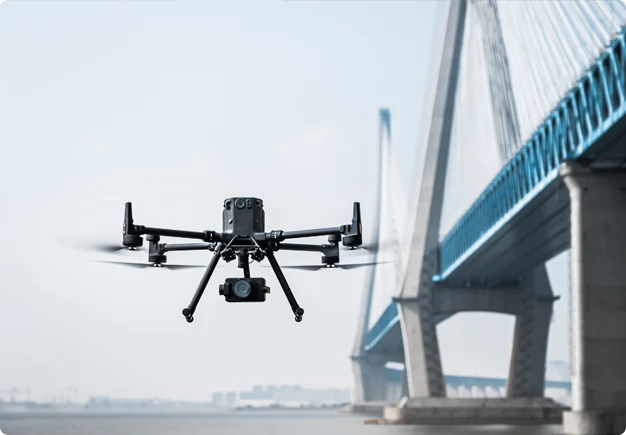
Whether for a small urban bridge in Africa or a mega-bridge in Asia, Riebo tech’s drone solutions adapt to diverse needs, making bridge deck inspection smarter and more reliable worldwide.
Conclusion
Bridge deck inspection is a global imperative—protecting infrastructure, economies, and lives across continents. From routine visual checks to advanced drone scans, the tools and methods may vary by region, but the goal remains the same: keeping decks strong and safe.
With innovations like Riebo tech’s drone inspection solutions, the future of bridge deck inspection is more efficient and accessible than ever. For global clients seeking reliable, cutting-edge inspection tools, Riebo tech is the partner to trust—bridging the gap between technology and infrastructure safety worldwide.
